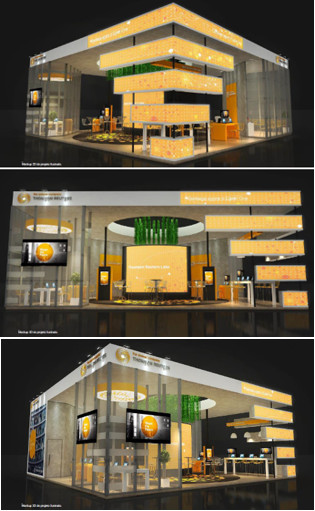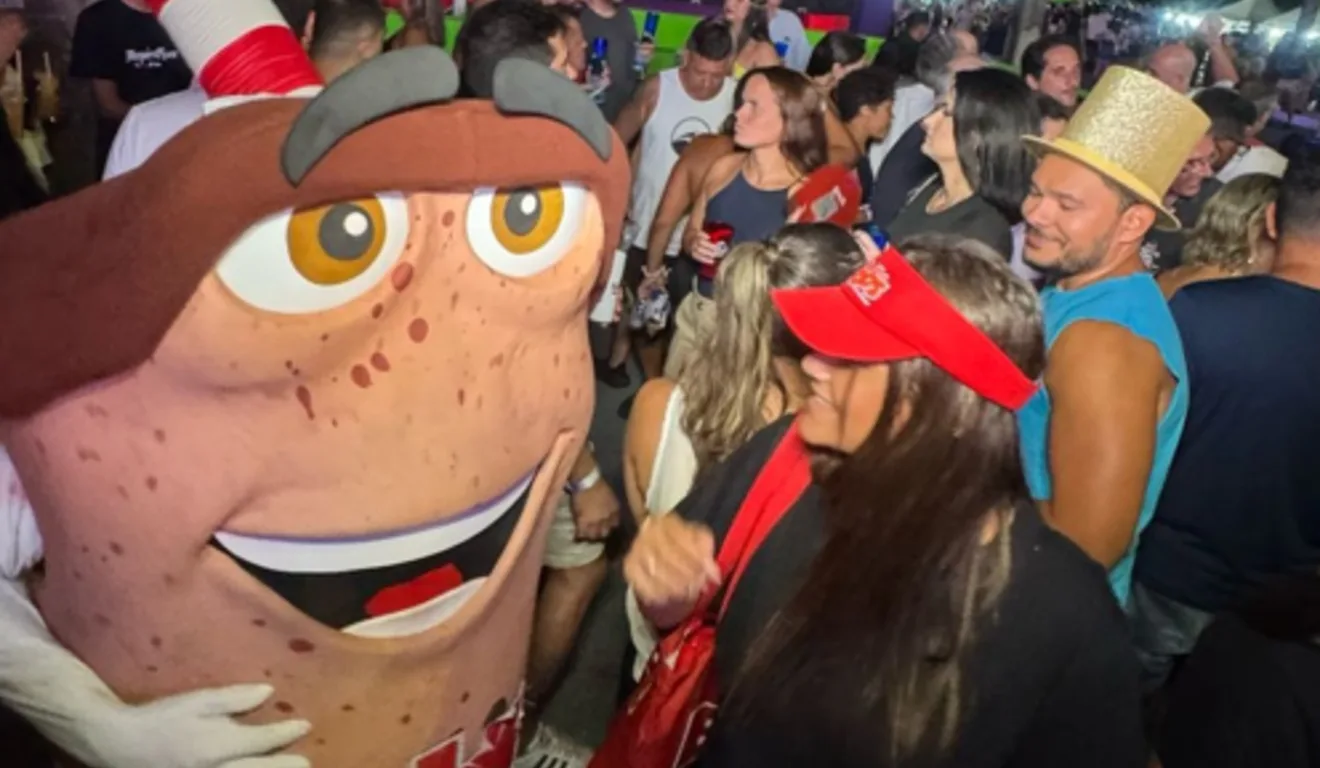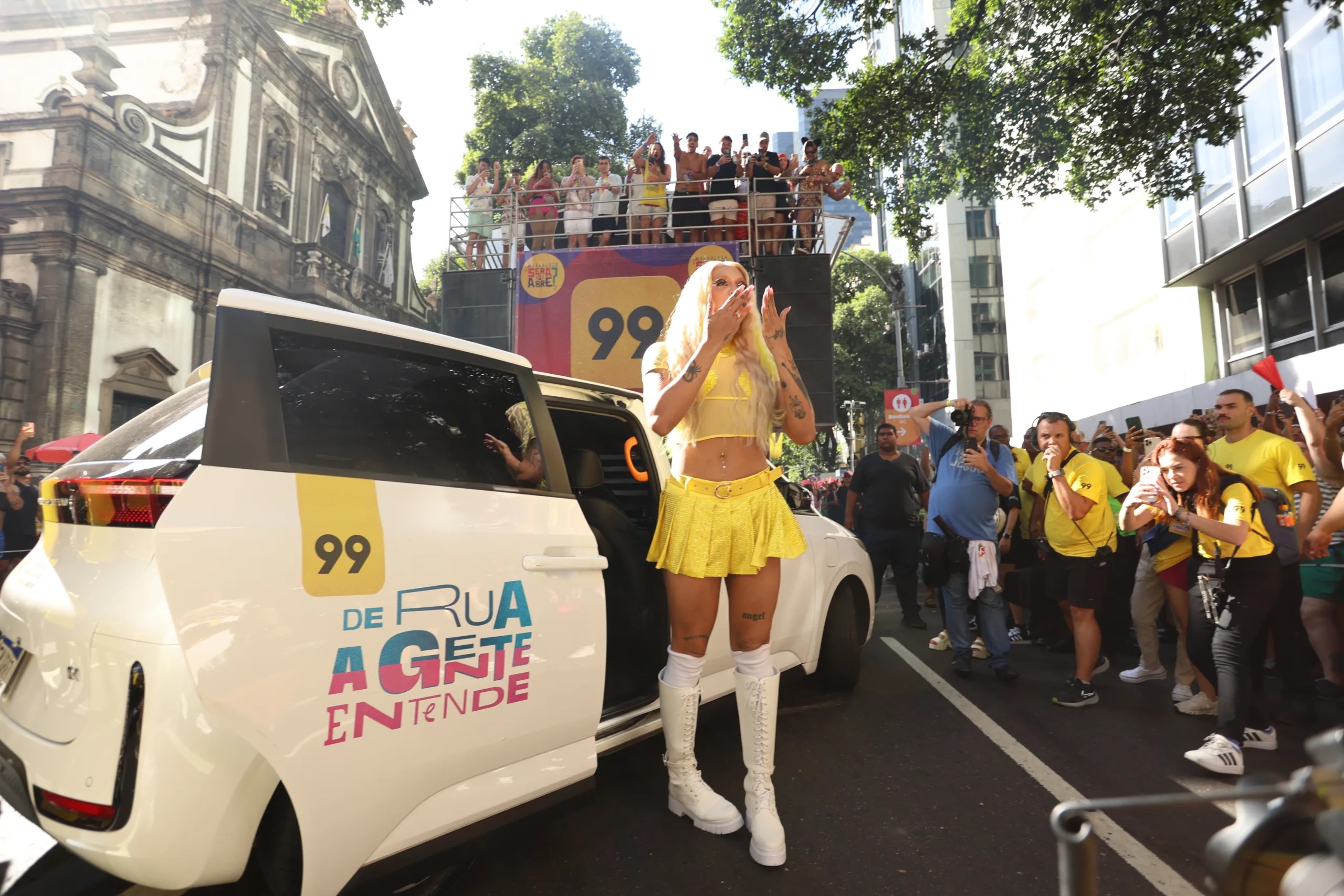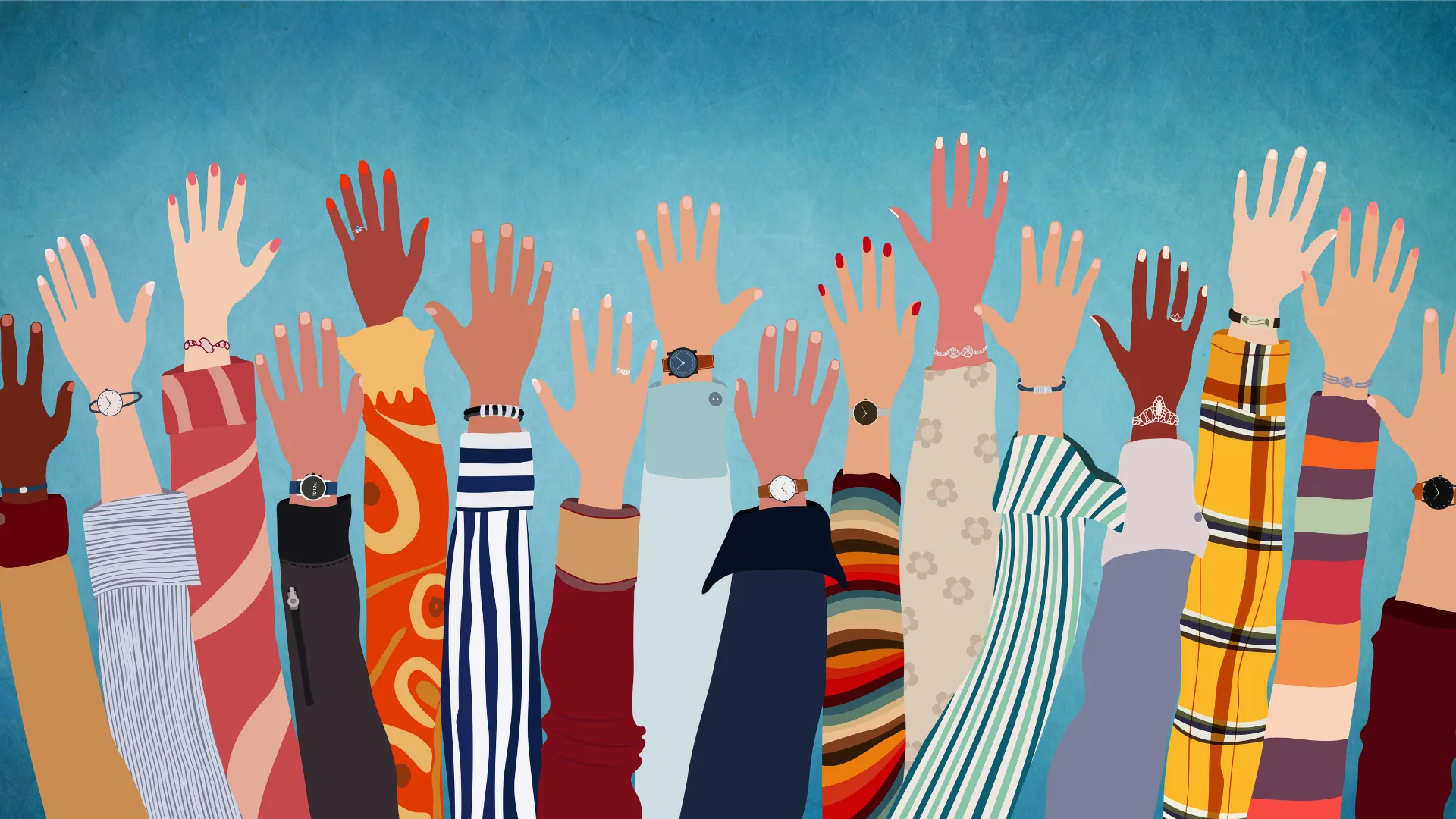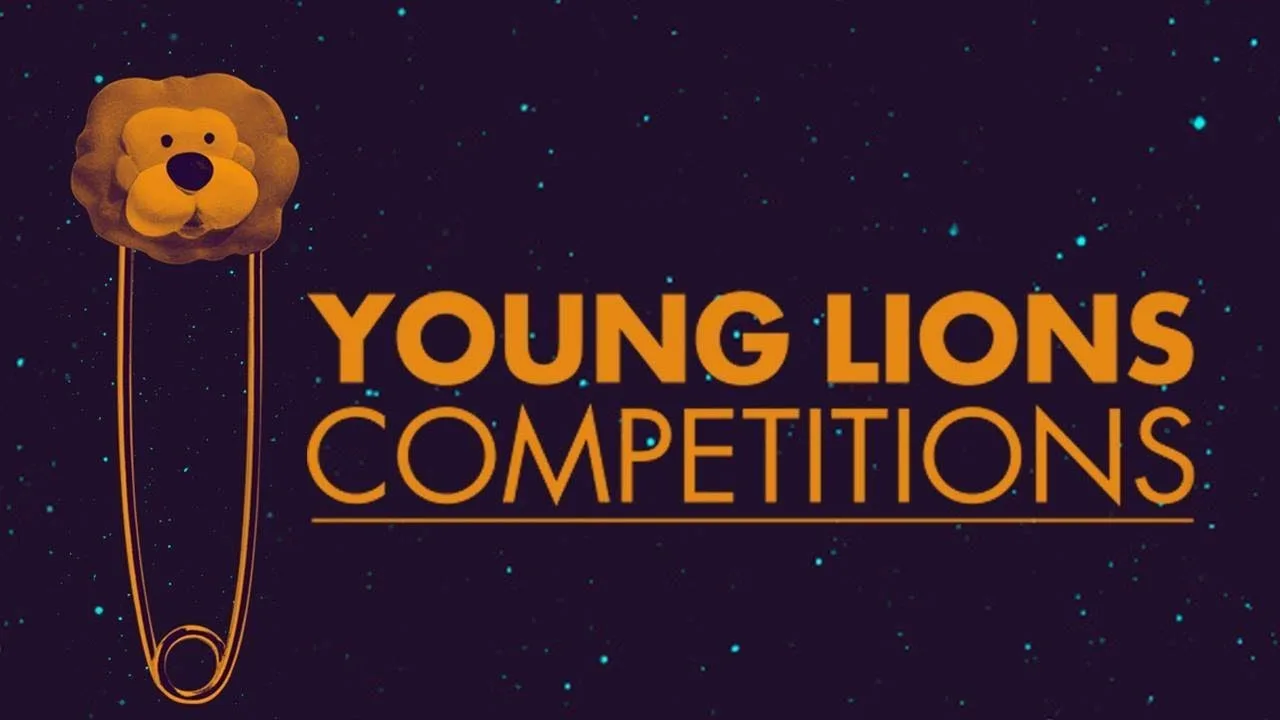Tim Silverwood is a passionate surfer and environmentalist who has a crusade ahead of him. In July this year he will embark on a voyage sailing across the Pacific Ocean from Honolulu to Vancouver to undertake important research into floating plastics in the North Pacific Gyre, other wise known as the Great Pacific Garbage Patch – an area of 2200 km long, 800 wide and depth to 10 meters. It corresponds to 3 times more than Spain and Portugal combined.
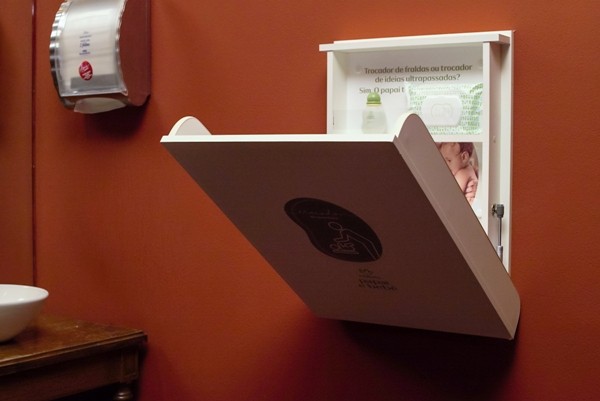
Here, he tells to Promoview more details on his travel to the Pacific and which actions brands and promotional activities could take to keep up the good job in creativity terms but also helping saving the nature.
Promoview – Tell us a bit about your career and the goals of this voyage to investigate the Garbage Patch. Which results do you intend to achieve with this research?
My focus and passion is preventing plastic pollution in our oceans. I am deeply concerned about the accumulation of plastics in all corners of the ocean and what the already horrific conditions will mean for future generations and species already under threat. We’re now using more plastic than ever before and we aren’t taking the steps needed to prevent it entering the ocean. The best estimates put the time taken for plastics to break down at 400+ years yet we’ve only been using it widely for about 50 years; the problem is only getting bigger.
The ocean fundamentally belongs to us all; International boundaries don’t mean we can isolate ‘our’ oceans from harm. If a species is exploited to extinction in the North Sea it will eventually impact the balance of the ocean in the Pacific Ocean and similarly, if plastic pollution is impacting species in Hawaii or Argentina it will eventually have global repercussions.
The Great Pacific Garbage Patch is becoming a notorious indicator of the enormity of the marine debris issue. The Garbage Patch is an accumulation zone in the North Pacific, which some say is as big as the entire United States. To call it a garbage patch is a misnomer, it is not a garbage patch, it can’t be viewed on Google maps (as I’ve been quizzed on a number of times). It is a naturally occurring gyre, an area where oceanic currents converge, bringing together floating debris into a continent-sized slowly circulating vortex. Sadly, throughout eternity it brought rich organic content together making an ideal location for pelagic feeding but today, due to the nature of plastic, which drifts and floats easily on currents, it is now a huge plastic soup.
My voyage through the Garbage Patch in July aims to raise awareness of marine debris and will involve a range of studies to assess the ecological consequences this accumulation zone. The team of researchers will be taking regular samples of the water column using a specially constructed trawl. The trawl will descend to a specific depth where it will then collect all matter in fine mesh net. The contents of each trawl will be examined to determine the amount and concentration of plastic found in the water column. Recent research has shown a ratio of plastic to naturally occurring zooplankton at up to 42 times more plastic than plankton.
Fish will be caught and there stomach contents examined to see how much plastic is being mistakenly consumed and tissue samples will later be analysed to check for the presence of toxins. There is concern amongst the scientific community that toxic chemicals such as Bisphenol A may attach to the small micro plastic particles in the sea which may affect humans as toxins multiply in toxicity as they climb through the food chain.
Promoview – In your understanding how brands can think their campaigns and activities in order to help the environment to reduce the amount of garbage produced?
Almost everyday I am seeing brands and companies that are modifying their product to appeal to the growing number of people who are changing their consumption patterns to reduce their footprint and make more sustainable choices. Public opinion towards plastic is changing; most people know that it is made from non-renewable fossil fuel so in the same way people are concerned about declining petroleum/ oil reserves for future generations they are also wondering why we are using valuable fossil fuels for plastic items that we simply throw away.
I suspect that in the future legislation will change so that companies are required to meet targets to ensure items they produce and packaging they use is either made from recycled material, is highly recyclable, is re-usable or made from other more sustainable compounds. I hope this happens sooner rather than later.
Promoview – Could you tell us a bit about the activity made in Australia (the one suggesting citizens to collect 3 plastic pieces when they go to the beach)? Was this supported by a company or the State? If you have any other example of engagement actions led by yourself you would like to tell us, please do it.
‘Take 3 – A Clean Beach Initiative’ is a non-profit organization I co-founded along with another surfer and a marine biologist in 2009. Our simple message asks everyone who visits the beach, river or coastal area to pick up three pieces of rubbish when they leave and put it in a waste bin. If everyone does this I believe we can greatly reduce the amount of plastic waste that enters our oceans. It has been recognized that over 80% of the waste that is in our oceans has come from the land and because every river leads to the sea we can all make a difference wherever we are by making sure our waste is disposed of correctly.
The organization is non-governmental and all those who contribute to its running and development are volunteers, including me. ‘Take 3’ was recently awarded a $AU 50, 000 grant from Taronga Zoo, Australia’s leading zoological institution to help develop our message and spread the word throughout Australia and the world.
The beauty of ‘Take 3’ is that it is so simple. Anyone can do it! It doesn’t take any time or money and if everyone does it we can make a real difference. As more people hear about ‘Take 3’ it will act as a portal for the wider community to learn of the problems marine debris is causing in our oceans.
Promoview – Brazil is facing a fast growing at this time. What would you reccomend to the Brazilians in the sense of collaborating to this growing in a sustainable way, thinking on this growing but also in the environment?
I understand the challenges of implementing sustainability programs in countries where population is growing rapidly and there is not necessarily sufficient infrastructure in place. The best outcome is to have support from government to develop and manage sustainable initiatives but it is not always feasible.
I am continually amazed by what can be achieved when people come together for a good cause. If I had any advice for anyone interested in promoting sustainability anywhere in the world it would be to, “Keep going!” I’ve experienced times when it all felt too hard and that no one was listening but if you keep going it will eventually bring reward. Change often starts with just one person empowered to make a difference.






